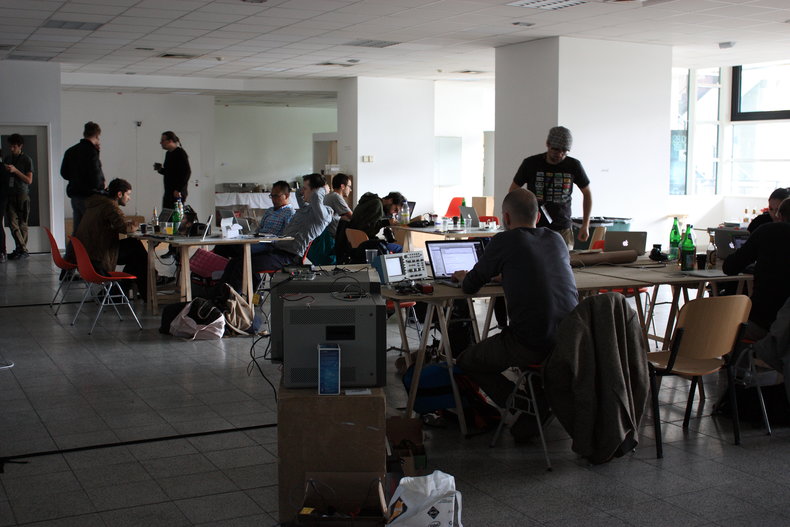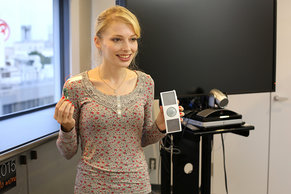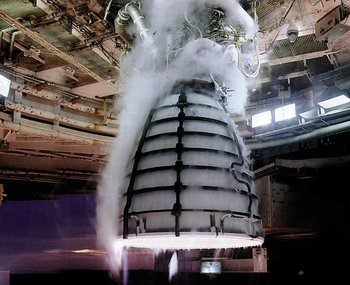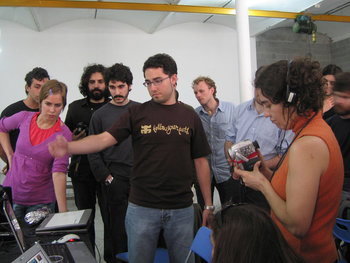
Revenue Per Employee
At the highest level, employee productivity can be measured as revenue per employee. This is typically measured with gross revenue but can also be measured with net revenue. This is calculated by simply dividing revenue by the number of your employees or a similar metric such as full-time equivalents.A restaurant with 10 full time employees and gross revenue of $2 million has revenue per employee of $200,000.
Productivity Formula
The productivity formula is a foundational business and economic measure of the value created in an hour of work. This can be expressed as:productivity = output / inputWhere output is the value created and input is typically hours worked.An architect works 2300 hours in a year and generates billings of $4.5 million. Their hourly productivity can be calculated as:
$4,500,000 / 2300 = $1956.52 / hour
$4,500,000 / 2300 = $1956.52 / hour
Throughput
Throughput is the amount of work completed in a unit of time. This is very similar to productivity but is more general such that it can measure things like business processes. throughput = work completed / timeThroughput is useful when you it is difficult measure work directly in dollar amounts.Mary completed 40 widgets in 23 hours of work. Her throughput can be measured as:
throughput = 40 widgets / 23 hours = 1.7 widgets an hour
throughput = 40 widgets / 23 hours = 1.7 widgets an hour
Goal Achievement
Goal achievements are actual end results of work. For example, a sales person may do a great deal of work in a month but fail to close any deals. In this case, their productivity might be high using a throughput metric but low when measured as goal achievements.goal achievements = goals completed / timeA marketer achieves 220 conversions in a 40 hour work week.
goal achievements = 220 conversions / 40 hours = 5.5 conversions / hour
goal achievements = 220 conversions / 40 hours = 5.5 conversions / hour
Work Quality
Where there is a big difference in work quality from one employee to the next, it can be difficult to measure productivity. For example, one product designer completes 18 projects a year while another completes 1 project every two years. The product designer with the higher throughput may appear more productive unless the slower product designer produces a blockbuster new product that leads your firm to billions in new revenue. For roles involving strategy, creativity and leadership -- productivity may be measured over several years rather than hours. Likewise, the future value of what an employee creates can be discounted to present value to measure contributions with a lasting impact.Custom Metrics
Productivity can be measured using custom metrics that can include estimates of complexity and work quality. For example, the editor of a newspaper that assigns a complexity to journalistic assignments and a quality ranking for each submitted article.productivity = (throughput × complexity × quality) / hoursA journalist completes 34 articles in a 160 hour work month with an average complexity of 84 and average quality score of 90.
productivity = (34 × 84 × 90) / 160 = 1606.5 productivity points / hour
productivity = (34 × 84 × 90) / 160 = 1606.5 productivity points / hour
| Overview: Employee Productivity | ||
Type | ||
Definition | The amount of value created by an employee in an hour, week, month, year or decade. | |
Measurements | Revenue Per EmployeeProductivity FormulaThroughputGoal Achievements | |
Related Concepts | ||


















